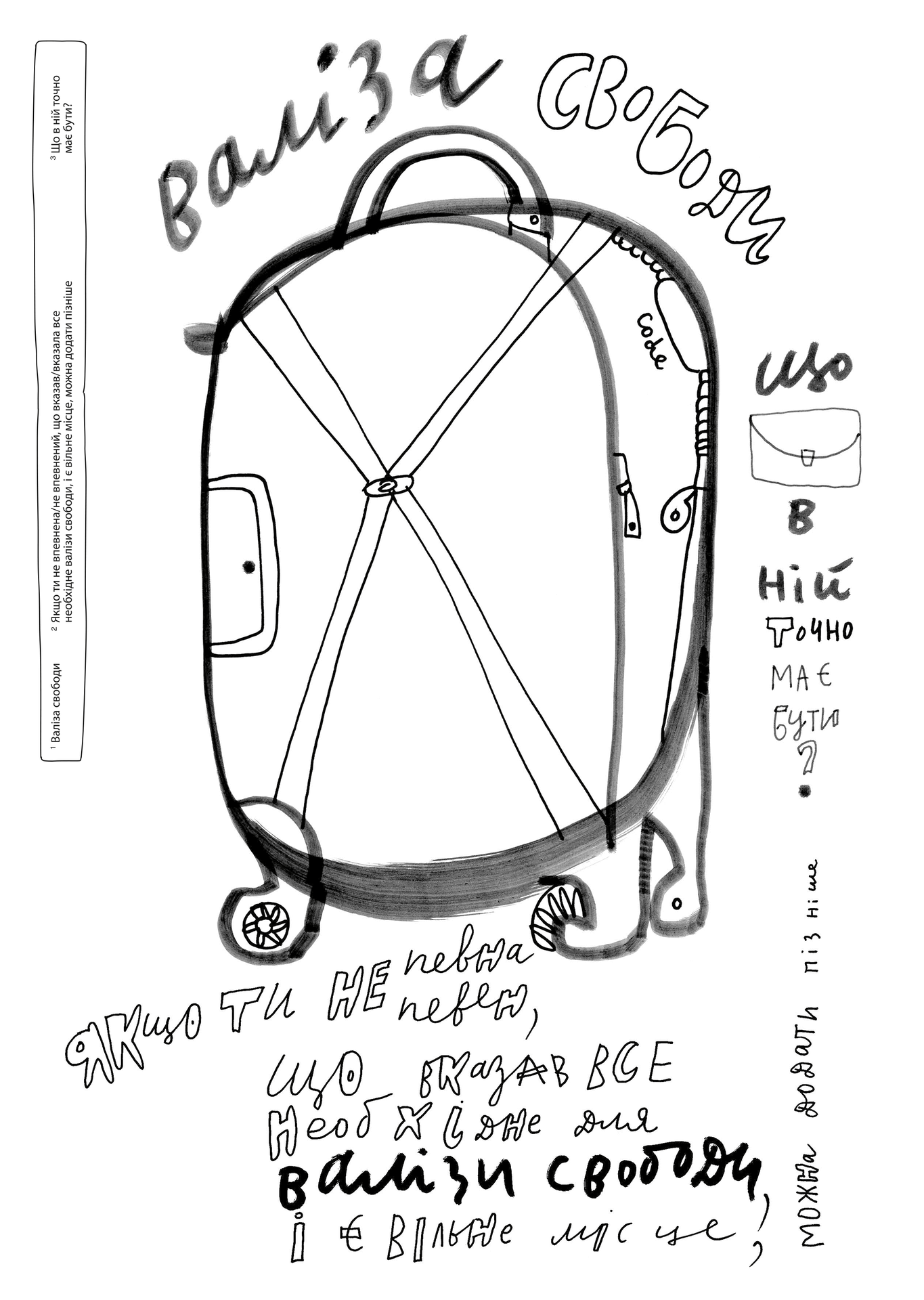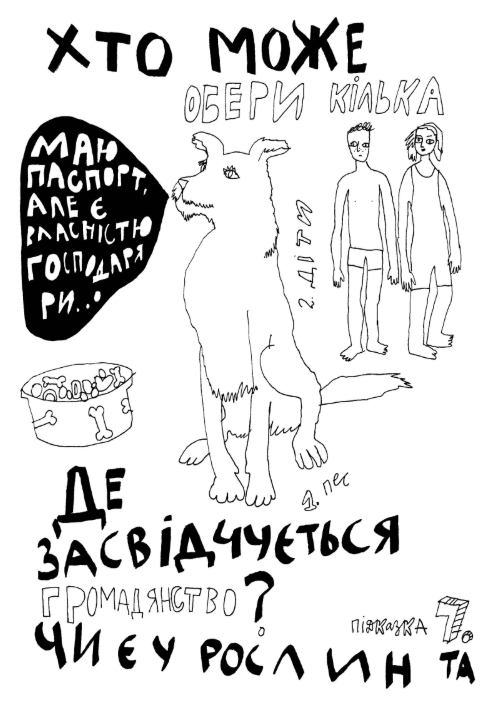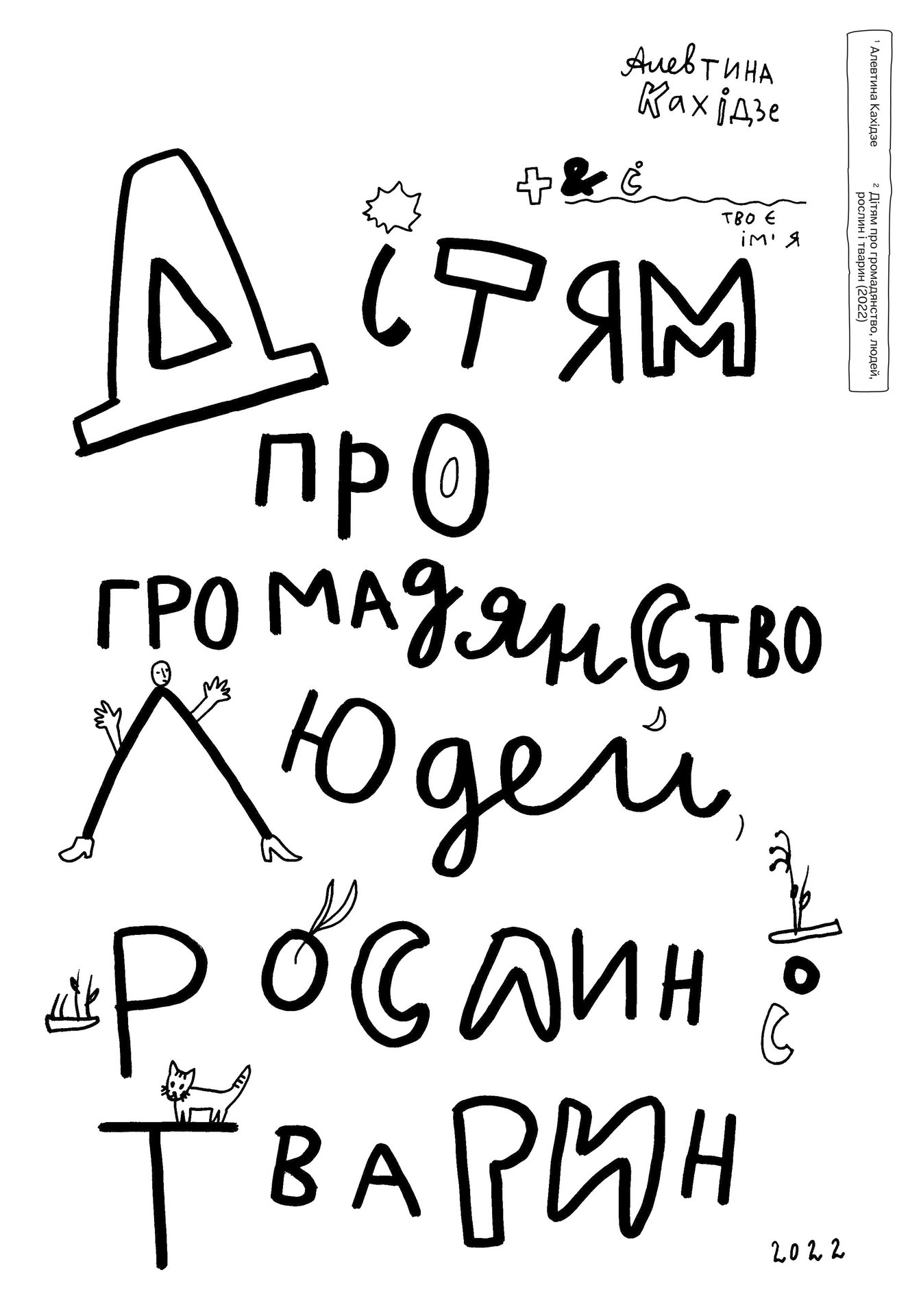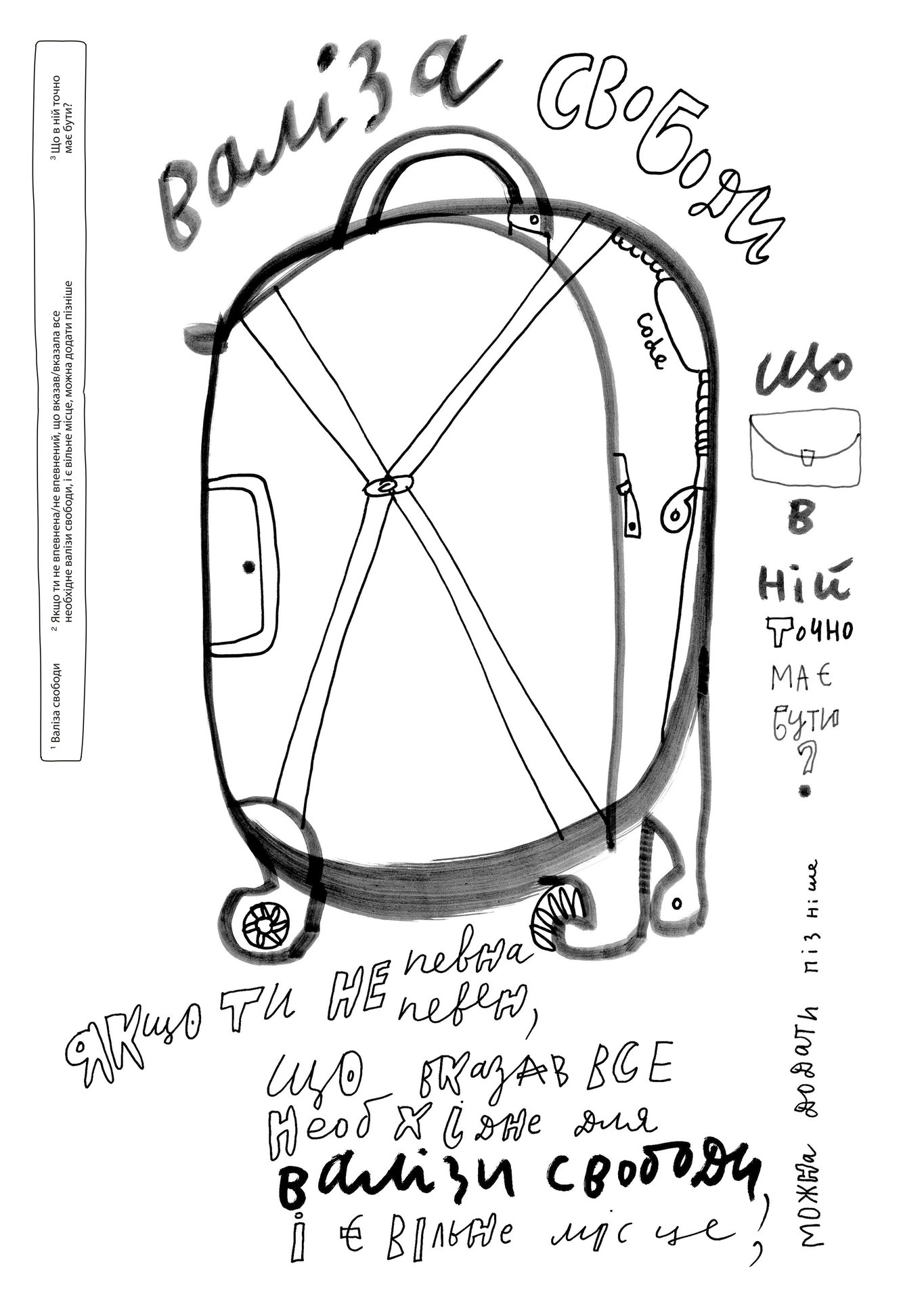For families
We are giving parents of Ukrainian children two Coloring Pages and detailed recommendations on what to talk about with your child while drawing and exploring coloring questions. We will be happy when, thanks to the Coloring Pages, you can easily start a dialogue with your child about their freedom, dreams, happiness, and memory, and they will feel the power of art and their creativity.
How to prepare?
Watch a video from artist Maria Proshkovska, Creative Director of Freedom Diaries, who brought all the pieces of our project together into a coherent picture and gave it harmony.
Maria is a Ukrainian artist, working at the intersection of performance, installation and feminist criticism. In her practice, she explores memory, trauma, corporeality and gender-based social processes.
The artist’s works are held in Central Saint Martins Museum & Study Collection, MAMbo, Shcherbenko Art Center and private collections.
She will guide you through all the project materials in her voice and tell you where to start with children.
Workshop with Paintings
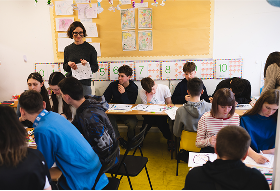
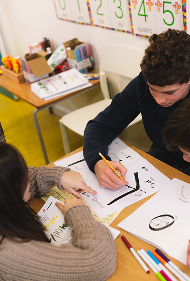
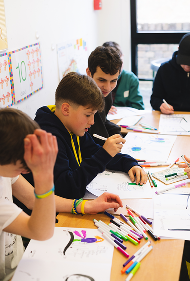
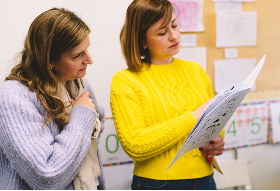
How to start working with paintings at home?
1. Immersion
Look at a picture or page together. Ask: “What do you see?”, “How do you feel?” You can start simply by coloring – it’s a great way to relax and get into a creative flow.
2. Exploration
Ask your child open-ended questions: “What’s going on here?” “What made you think that?” “What else can you find?” This can be a simple conversation with confidence, where there are no right or wrong answers.
3. Creativity
Ask your child open-ended questions: “What’s going on here?” “What made you think that?” “What else can you find?” This can be a simple conversation with trust, where there are no right or wrong answers.
4. Reflection
At the end, ask: “What did you like the most?” or “What do you want to share?” If the child is silent, that is also normal, the presence itself and your support are important.
Choose who you are – family, teacher or partner – to get materials that will help you support children, work with them or get involved in the project.
Here you will find everything you need to use the Freedom Diaries resources to the fullest.
Questions and answers
-
How to get paintings?
You can download the printable PDF and print the Paintings in a format convenient for you.
-
Is it possible to work with painting at home on your own?
Yes. Our materials include coloring pages, recommendations from a psychologist, scripts for art therapy practices, and videos with recommendations from an artist. You don’t have to be a teacher — invite your child to draw together or start drawing yourself, and they will join in.
-
From what age is painting suitable for children?
Recommended age: 9 years and up. But you can try it with younger children – we support such adaptations and would be grateful for feedback on your experience. Adults can also find something valuable in Malopysy, because there are no restrictions, it is useful for all of us to reflect on our own experiences.
-
My child does not go to a Ukrainian school or club in our country – can I use the materials at home?
Yes, the materials are also designed for home use. You can go through them together at home, and if you want to go deeper, use the methodological materials for teachers.
-
Where to start?
Print the coloring book, watch all the accompanying videos and text materials, and invite your child to try looking at the pictures in the coloring book together. Perhaps a page or a question will touch them – that’s where you can start.
-
How else can I learn to work with painting?
If you want to work more deeply with our materials, we recommend that you check out the teacher tools tab. We also invite you to workshops by Alevtina Kakhidze (Anne Frank Museum) and Maria Proshkovskaya (London).
-
My child doesn’t want to draw. What should I do?
This is normal. Not all children are ready to draw right away. You can start by asking questions or simply talking about the page in the notebook. Often children will gradually connect when they see an adult drawing or expressing their thoughts.
-
I have mixed feelings. How should I deal with this?
It is natural that different, even opposing, emotions may arise during the process. Try to name them out loud, share your state with your child. This will teach them that all feelings have a right to exist and will help them accept themselves.
-
I want my child to draw, but he doesn’t go to a Ukrainian school.
The materials are also designed for home use. You can work with them on your own at home. This can become a good tradition for family communication.
-
As an adult, I found it difficult to talk about one of the topics. What should I do?
This is absolutely normal. Some questions are difficult even for adults. Allow yourself a pause, share your feelings with your child, show that adults also experience difficult emotions. If necessary, return to the topic later.
-
How to offer this course to a school or Ukrainian club?
You can show the school or club administration materials, explain that they are designed specifically for working with children abroad and contain methodological recommendations. We are also open to cooperation and will provide additional information for teachers.
-
And how to paint?
In any available way: pencils, paints, markers, or even collage. The main thing is that the child is interested and can express himself.
-
After class, the child started crying. How should I react?
Don’t be scared. This means that the child has touched on an important topic. Be there, give time for emotions, don’t distract or try to “cheer up.” Just say: “I’m with you, it’s okay.” Usually, after a few minutes, emotions subside, and you can calmly continue the lesson or rest.





